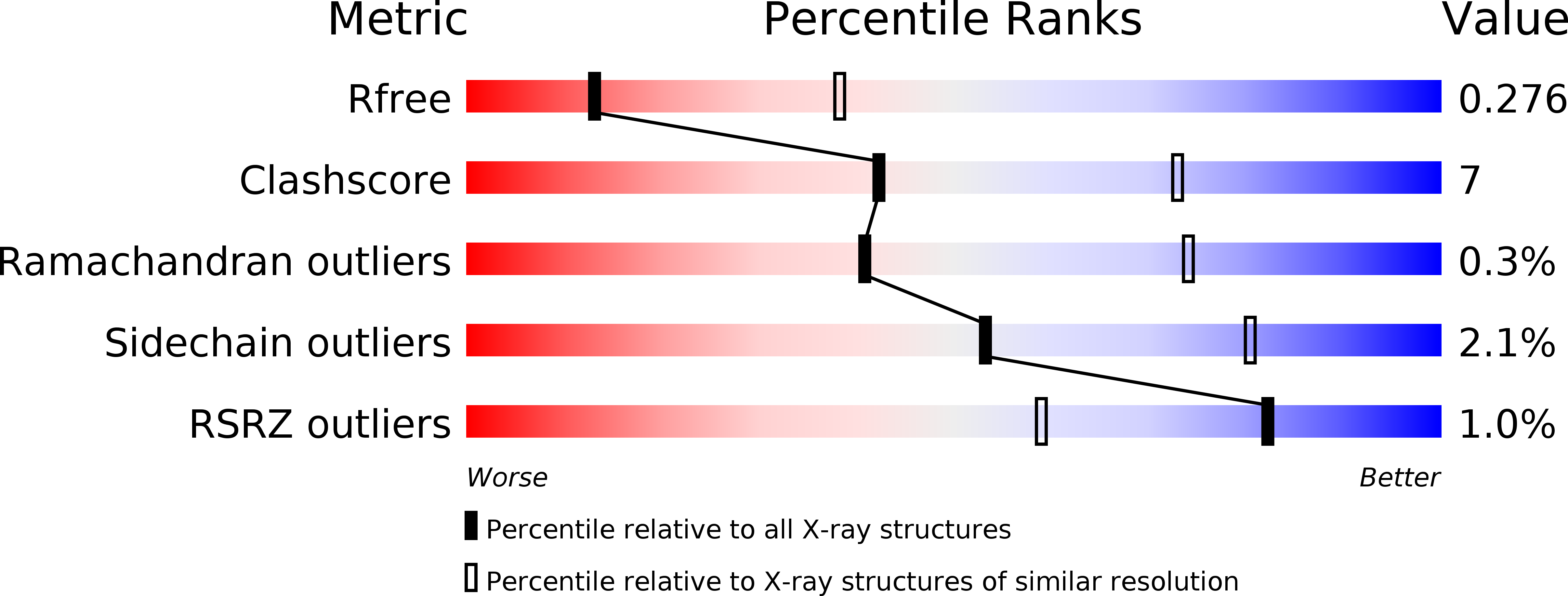
Deposition Date
2017-03-06
Release Date
2017-08-16
Last Version Date
2024-11-13
Entry Detail
Biological Source:
Source Organism:
Pseudomonas savastanoi pv. phaseolicola (Taxon ID: 319)
Host Organism:
Method Details:
Experimental Method:
Resolution:
3.04 Å
R-Value Free:
0.26
R-Value Work:
0.19
R-Value Observed:
0.20
Space Group:
P 2 21 21


